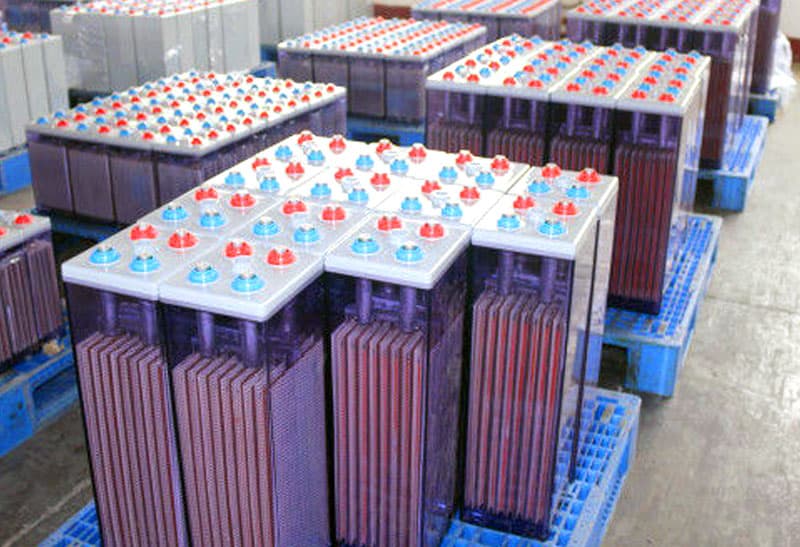Rainy seasons, characterized by extended periods of moisture and overcast skies, can negatively influence the lifespan of lead-acid batteries, particularly in solar energy storage and outdoor equipment.
1. Lack of Sunlight
In solar systems, prolonged overcast skies reduce charging efficiency, causing:
- Partial State of Charge (PSOC): Batteries remain undercharged, a condition that can lead to sulfation—a hardening of lead sulfate crystals that permanently reduces capacity.
- Frequent Deep Discharges: Without proper charging, the battery cycles deeper, accelerating wear.
2. Environmental Challenges
- Humidity: High humidity levels can degrade battery enclosures and insulation.
- Temperature Fluctuations: Rainy weather often brings rapid temperature changes, which can stress the battery materials.
3. Protective Measures
- Use Temperature-Controlled Enclosures: Install the battery in cabinets with temperature and moisture control.
- Regular Inspections: Check electrolyte levels (for flooded batteries) and clean terminals frequently.
- Upgrade to Gel or AGM Batteries: These designs are more resistant to harsh environmental conditions.


